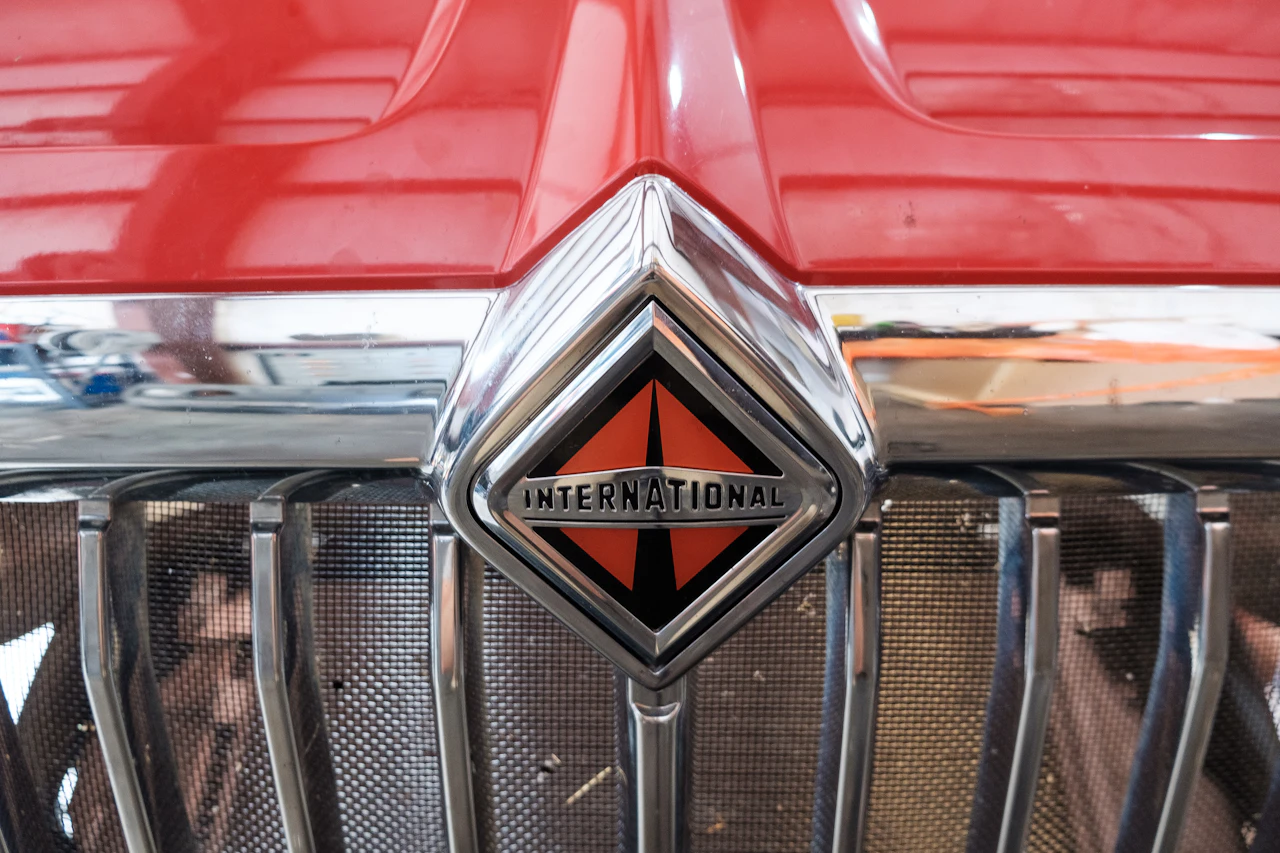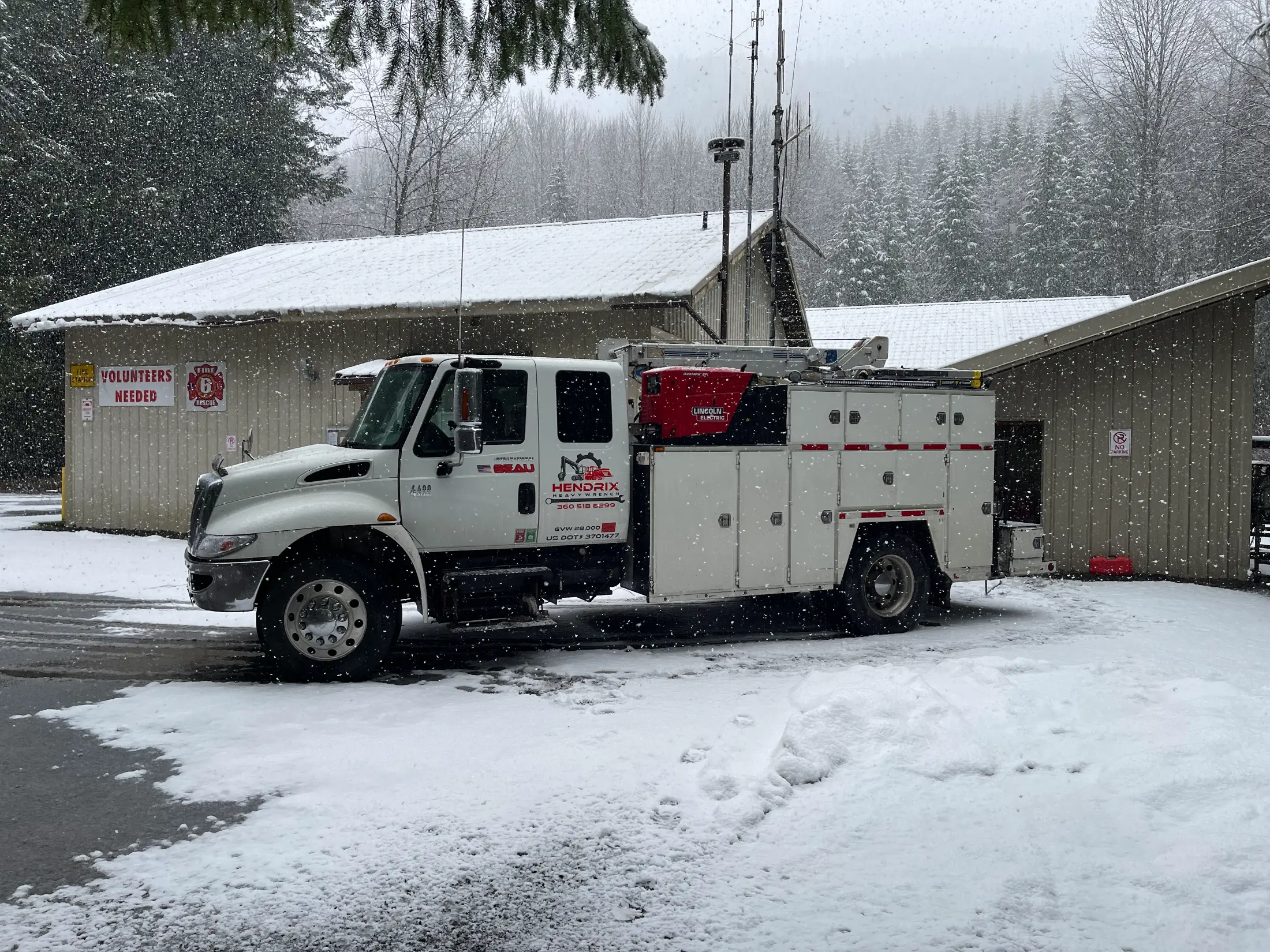5 International MV Series Engine Repair Tips Every Fleet Manager Should Know
With targeted International MV Series engine repair habits, you can control coolant chemistry, fuel quality, air management, and electrical stability, turning nagging codes into quick, scheduled fixes for reliable service.

If your medium-duty routes lean on MV-chassis trucks, you already know how small issues snowball. The secret is turning scattered complaints into a consistent International MV Series engine repair rhythm. Do that, and hot-soak no-starts, mystery regens, and intermittent voltage codes transform into clean, trackable work orders.
Each tip below blends quick field checks with shop-level tests, so fixes stick. Nail these fundamentals, and your International MV Series engine repair plan will start paying back in uptime immediately.
1) Coolant Control And Warm-Up Timing
Modern MVs live or die on thermal management, which makes coolant the first pillar of International MV Series engine repair. Verify freeze protection with a refractometer and confirm the correct OAT formulation; mixing chemistries undercuts corrosion protection and water-pump seal life.
Replace weak caps, pressure-test for seepage at hose ends, and confirm thermostat opening temps so the engine reaches operating temperature quickly. Slow warm-up drives fuel dilution, soots the DOC/DPF, and fakes “rich” symptoms that aren’t fueling at all. Proving coolant quality and warm-up timing early is how International MV Series engine repair stops runaway regen cycles before they begin.
2) Fuel System Discipline: Filters, Water Control, And Injector
Nothing derails an International MV Series engine repair faster than contaminated fuel. Make fuel filter changes—both primary and secondary—a non-negotiable part of your maintenance routine. Regularly drain your water separators and always keep spare filters on board, especially when temperatures and fuel quality fluctuate with the seasons.
If you’re troubleshooting issues like uneven idle or exhaust smoke that doesn’t match the engine load, add a balance or cylinder contribution test to the repair order. Weak cylinders often reveal themselves in data long before any diagnostic trouble codes appear.
Don’t just toss old filters—cut them open and inspect them. Shiny metallic grit can indicate pump wear, while dark streaks often point to deteriorating fuel hoses.
In the end, maintaining tight fuel hygiene is the simplest, most effective way to keep rail pressure stable and ensure every other step in your International MV Series engine repair process delivers the results you expect.
3) Air management: Air Integrity and EGR Health
Air leaks are stealth thieves of torque and emissions stability, which is why charge-air and EGR checks sit at the center of International MV Series engine repair. Pressure-test the CAC system and inspect clamps for “witness marks” where slip has begun.
A small post-cooler leak, airflow and pressure correlations, bloats soot load, and triggers frequent regens that drivers blame on fuel. To keep your EGR in peak condition, you should also verify EGR valve movement and cooler flow; sticky valves create rough idle at stops and uneven combustion temps at cruise. When boost, EGR, and sensor readings agree, DPF load trends normalize—and your International MV Series engine repair calendar gets a lot calmer.
Items To Check for Peak MV Performance
- Confirm coolant chemistry and thermostat operation before winter or long grades.
- Replace both fuel filters together; log dates and miles to tighten International MV Series engine repair intervals.
- Pressure-test charge-air plumbing; fix even “tiny” hisses that inflate soot load.
- Verify EGR valve movement and clean connectors; poor reference voltage mimics stuck-EGR.
- Inspect crankcase breather and hoses; excess oil mist contaminates CAC and sensors.
- Record soot load and regen counts at each PM; data guides International MV Series engine repair timing.
4) Electrical stability—Batteries, Cables, and Grounding
Random warnings across unrelated modules often point to voltage, not components—so electrical health must anchor International MV Series engine repair. Perform battery load tests, replace questionable interconnects, and torque clean grounds from cab to frame to engine.
Measure alternator output with major loads on (blowers, lights, defrosters), then check voltage at the ECM to spot hidden drop. Harness chafe near the radiator support and frame pass-throughs is common; a few inches of abrasion can invite moisture and phantom sensor faults.
5) Data-driven Preventive Maintenance
Guessing is expensive; trending is cheap. Build a worksheet that logs rail pressure commanded vs. actual, DPF soot load at service, regen frequency, learned fuel trims, and coolant delta-T under a standard road loop. This is where International MV Series engine repair becomes proactive—not reactive—and your shop shifts labor from emergencies to planned, profitable hours.
Over two or three intervals, patterns jump off the page:
- Slow-creeping soot load equals an air leak or a tired EGR
- Lazy rail response hints at filters or a weak pump
- Widening coolant delta-T suggests scaling or flow restriction.
Common Early Warnings
- Repeated brief regens during light duty: You should tighten International MV Series engine repair around CAC and EGR checks since it indicates an air leak or EGR control drift.
- Rough cold idle with quick improvement: Means that your coolant/ECT logic or pilot injection balance needs a look.
- Erratic idle after accessories switch on: You should potentially revisit grounds and alternator output before blaming sensors.
- Oil level creeping upward: Can mean fuel dilution. You should do filters and injector testing to protect bearings.
Training Drivers To Be Your First Sensors
Your drivers work with trucks daily, teach them to collect better clues. Ask for photos of dash codes before key-cycles, note when power feels “soft,” and record if roughness appears only with PTO or only after hot soak. A short checklist in the visor turns vague complaints into specific symptoms, which means your International MV Series engine repair starts with a head start. The faster you convert driver notes into data, the quicker you’ll root-cause and close the ticket.
Schedule a data-driven MV inspection
Ready to turn recurring dash lights into predictable work orders? Bring your trucks to Hendrix Heavy Wrench for a measured International MV Series engine repair program—coolant chemistry verified, fuel hygiene tightened, air system smoke-tested, and electrical stability proven.
We’ll document every fix so you can plan miles, not gambles. Book your inspection today. For more information, read our article on how to prevent spun bearing accidents.

